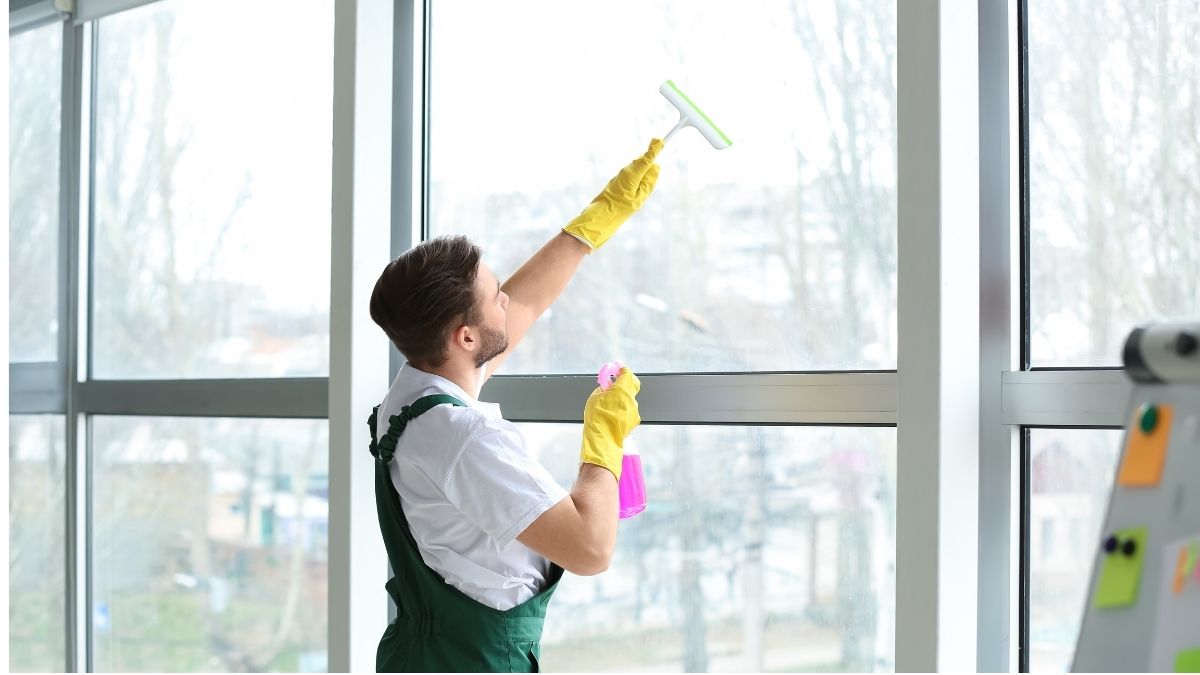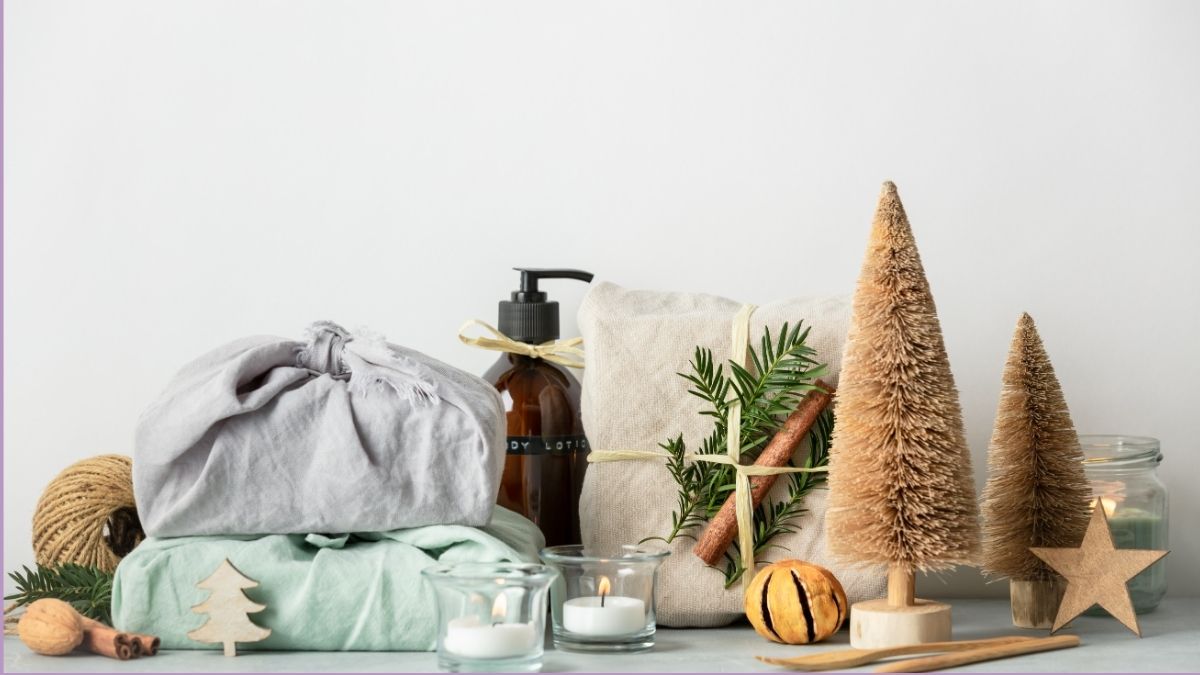
We all know first impressions matter. Whether you’re running a small business or a larger commercial property, your building’s appearance plays a huge role in how clients and customers perceive you. And one of the easiest ways to make an impression is by ensuring your windows are sparkling clean. It might seem like a small detail, but clean windows can actually offer numerous benefits to your business that you might not have considered.
I’ve spoken to many business owners who didn’t realise how much of an impact a clean window can have—both inside and outside the office. Let’s break it down together and explore why you might want to add regular window cleaning to your to-do list.
Healthier Air, Happier Employees: The Surprising Link Between Clean Windows and Indoor Air Quality
Imagine your office is spotless—floors gleaming, desks organised—but there’s one thing you’ve been overlooking: the windows. Over time, dust, pollen, and grime settle on window sills and glass, contributing to poor indoor air quality. If you’re like me, you probably don’t even notice until you’re sneezing or your eyes start itching. Clean windows help to minimise allergens and dust, ensuring that the air in your office stays fresher and healthier.
I remember when we first cleaned our office windows. Almost immediately, the air felt fresher, and employees mentioned feeling more energetic and productive. I know it sounds simple, but keeping your windows clean really does make a difference to air quality and, ultimately, to your team’s overall well-being.
Protect Your Investment: How Regular Cleaning Helps Your Windows Last Longer
Let's face it: windows aren't cheap to replace. While you might not give much thought to the wear and tear they suffer, dirt, grime, and even hard water deposits can scratch and damage the glass over time. If you leave it too long, you could end up facing a hefty repair bill.
Regular cleaning helps prevent that damage by removing these particles before they can do any harm. Plus, it keeps your windows in good shape for longer, saving you money down the road. It’s a small investment in regular cleaning, but a big win when it comes to your property’s long-term value.
First Impressions Matter: How Clean Windows Improve Your Curb Appeal
We’ve all heard the phrase, “Don’t judge a book by its cover,” but let’s be honest—people do it all the time. When customers or clients walk by your business, clean windows give a polished, professional appearance. It says that you take pride in your property, and by extension, in your business.
When I was working in retail, our window displays were everything. They didn’t just show off the latest products; they reflected how much we cared about our space. Clean windows let the light in, making your building look more inviting and open. That welcoming feeling? It’s the first step in turning a passerby into a customer.
Keep Your Energy Bills Down with Clean Windows
Have you ever noticed that in the winter, your office can feel colder near the windows, and in summer, it gets unbearably hot? Dirty windows block the sun’s rays, forcing you to rely more on artificial lighting and heating systems. Clean windows allow more light into your office, naturally brightening the space and reducing the need for extra lighting. Plus, during colder months, clean windows allow in more warmth, which can even help lower your energy bills.
It's a simple change, but you’ll be surprised at the difference it makes to both the temperature and the cost of running your building.
Safety First: How to Clean Windows Prevent Dangerous Situations
I’ve heard countless stories about business owners forgetting to clean the windows and then dealing with more serious problems like fire hazards or safety issues. A build-up of grease, dust, and food particles can become a fire risk, especially in kitchens and areas where your oven or stove is located. A little bit of attention and regular cleaning can significantly reduce those risks, keeping your staff, clients, and visitors safe.
When I had my own business, we would make a point to check for any grease or build-up that could cause issues. The peace of mind knowing that everything was taken care of was priceless.
A Few Tips for Keeping Your Windows Clean and Shiny
So, you’re convinced that clean windows are important for your business. But how do you keep them looking fresh without spending all your time on them? Here are a few tips that worked for me—and they’ve made all the difference:
1. Clean them regularly: Don’t wait until they’re covered in dust. Give your windows a quick clean every couple of months. It doesn’t take long and will keep everything looking sharp.
2. Use the right products: Harsh chemicals can leave streaks and cause long-term damage. Stick with gentle, non-abrasive cleaners that are safe for your windows.
3. Consider professional help: There’s no shame in calling in the pros. If your windows are hard to reach or need a really deep clean, a professional service can do the job safely and effectively.
4. Spot-clean spills and marks immediately: If you spill something on the window, clean it up straight away. This prevents stains from setting and keeps your windows looking fresh.
5. Inspect windows for damage: If you notice any cracks or damage, take action quickly to prevent further issues.
Clean Windows Are an Easy Win for Your Business
It’s easy to forget the little things, but clean windows should be a priority. They not only help keep your office looking professional but also contribute to better air quality, safer environments, and even lower energy bills. In the long run, regular window cleaning is a simple, affordable way to enhance your business’s overall performance.
FAQs
How often should I clean the windows in my commercial property?
Generally, cleaning your windows every 3–6 months works well for most businesses. However, if you’re in a particularly dusty area or have high foot traffic, you might want to clean them more frequently.
What’s the best way to clean commercial windows?
Using a non-abrasive cleaner and a microfiber cloth will do the job effectively. For harder-to-reach areas or stubborn dirt, consider hiring a professional window cleaning service to ensure your windows are spotless.
What are the benefits of clean windows for my business?
Clean windows help improve air quality, reduce energy bills, prevent damage, and create a welcoming environment for clients and employees. A clean exterior gives a professional first impression and ensures your property stays in good condition for years to come.
Elevate your space with crystal-clear windows—choose Top Commercial Cleaning London for unmatched cleaning excellence.
© Top Commercial Cleaning London

 Log in with Facebook
Log in with Facebook 









